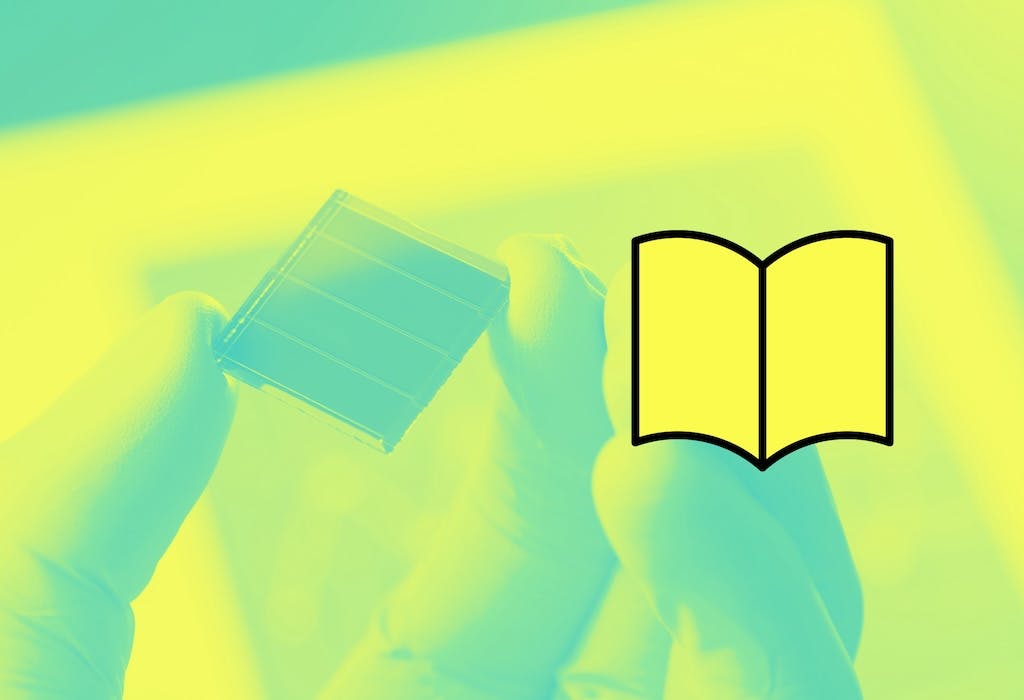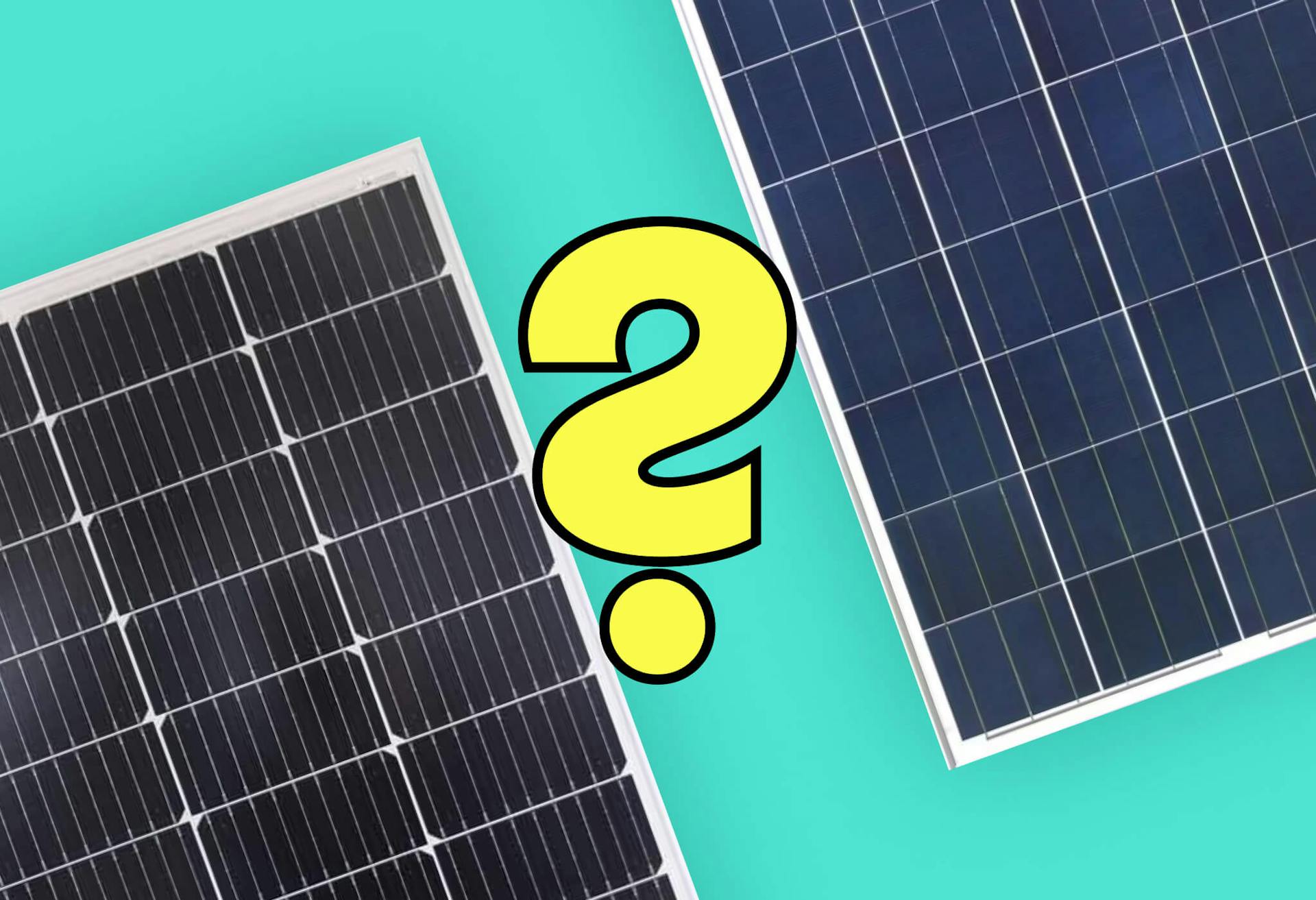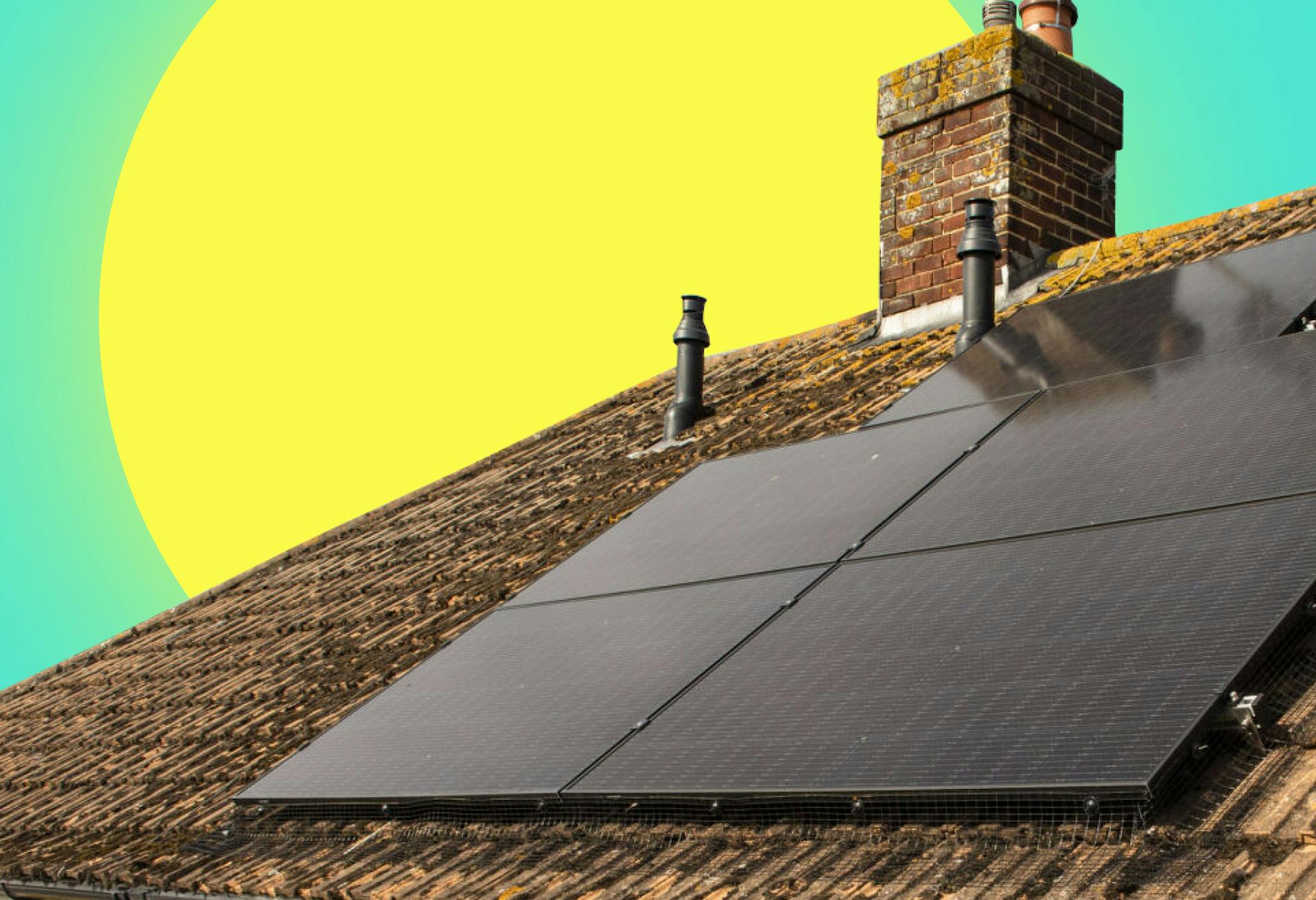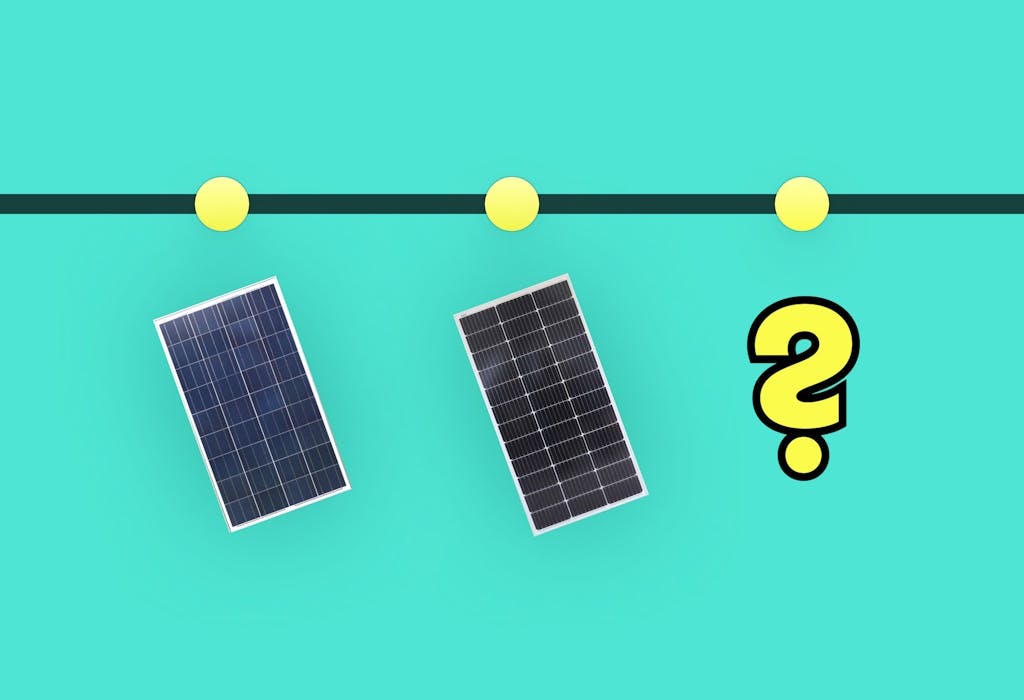- Solar advice hub
- Solar-technology
- Perovskite solar panels: an expert guide
Perovskite solar panels: an expert guide
Find out about the main benefits and drawbacks of perovskite solar panels, and why they're not available yet.


Why you can trust our content
We know that the solar industry is full of misinformation, but we only use reliable sources, including:
- Our experienced solar experts, installers and system designers
- Our own database of solar & battery system designs
- Authoritative bodies like MCS and the UK government




At a glance
Due to their high efficiency, perovskite solar panels have captured the attention of both the scientific community and the renewable energy industry. However, this material still has a number of fundamental problems, and it’s not clear when it will enter the mainstream residential solar market.
In this article, we’ll run through exactly how perovskite solar panels differ from their silicon cousins, and explore their key benefits and drawbacks.
If you'd like to find out how much a solar & battery system could save you on your energy bills, answer a few quick questions below and we'll provide you with an estimate.
What are perovskite solar panels?
Perovskite solar panels are a type of solar panel that uses perovskite materials as the active layer to generate electricity from sunlight.
It’s a bit complicated, but the term ‘perovskite’ can actually refer to two things - either a natural crystalline material first discovered in Russia’s Ural Mountains, or a manmade material that imitates the crystal structure of the natural material.
In the context of perovskite solar panels, it’s the manmade crystal structure that’s used in the manufacturing process.
How do perovskite solar panels work?
Perovskite solar panels work by converting daylight into electricity using a layer of perovskite materials, through a process called the photovoltaic effect.
Compared to traditional silicon panels, perovskite panels can be more efficient, cheaper to manufacture, and more flexible. Some manufacturers are combining perovskite with silicon layers to create hybrid solar cells for even better performance and stability.
However, perovskite solar panels are not currently available for purchase, and it could be several years before this happens.
How are they different from silicon solar panels?
Perovskite solar panels have the advantage of being thinner, lighter, and more flexible than silicon panels, making them easier to use in different applications. Their composition also gives the potential for higher efficiencies and capturing a wider range of light.
However, the latest iteration of perovskite solar panels aren't as stable or reliable as silicon panels, which have been used for decades. In today’s market, 95% of existing solar cells are made of silicon.
Are perovskite solar panels easier to make than silicon panels?
Perovskite solar panels are easier to make than silicon panels in several ways.
For instance, it only takes very thin layers of perovskite and silicon to make a cell, which helps keep costs low.
The manufacturing process for perovskite is also relatively straightforward and can be done at lower temperatures than that of traditional silicon solar cells.
These factors contribute to cheaper and more environmentally friendly production costs, making perovskite solar panels an appealing alternative to silicon. Considering the high cost of solar panels, a better and cheaper product can only be a good thing for consumers in the long run.
How efficient are perovskite solar panels?
According to data from the National Renewable Energy Laboratory, perovskite solar cells have achieved the same peak efficiency rate as silicon solar cells in laboratory conditions (26.1%).
However, by layering perovskite on top of silicon (called ‘tandem solar cells’), this combines the best of both materials. Perovskite is better at absorbing a part of the light spectrum that silicon can't handle well, while silicon is more stable. The efficiency of this combination has recently reached a staggering 34.6%.
Unfortunately, this superior performance has only been achieved with small solar cells in laboratories, so it’s unclear if this could be translated on a much larger scale. In most cases, once you combine solar cells into a whole panel it can dramatically reduce efficiency.
This combination also comes with increased production costs, as adding silicon is more expensive than producing cells made only of perovskite.
What are the pros and cons of perovskite solar panels?
Perovskite solar panels offer exciting potential for renewable energy generation, but there are still a number of significant drawbacks to be overcome.
The advantages of perovskite solar panels
- Low carbon footprint
- Easier and cheaper to produce
- High efficiency potential
- Flexibility
Perovskite solar panels use raw materials that are cheap, abundant and easy to find all over the world. The manufacturing process for perovskite solar panels is also relatively simple and can be conducted at lower temperatures than that of traditional silicon panels.
This simplicity means perovskite solar panels have a smaller carbon footprint during production than silicon solar panels, and it also makes perovskite panels easier and cheaper to produce.
Perovskite solar cells offer a high efficiency potential for converting daylight into electricity. They can absorb a broader spectrum of light than silicon cells, including visible and infrared wavelengths, which means they can generate more electricity.
Perovskite solar panels only need a very thin layer of perovskite material, which allows for lightweight and flexible panel designs. They could work well in a variety of innovative settings, including curved surfaces, building-integrated photovoltaics, and portable electronics.
The disadvantages of perovskite solar panels
- Challenges in scaling up manufacturing
- Shorter service life and lower stability
- Environmental concerns, particularly related to lead content
Although perovskite solar cells have shown impressive results in laboratory settings, translating this success to industrial-scale manufacturing remains a challenge. We currently have some very efficient perovskite solar cells, but manufacturers need to produce whole panels that don’t lose efficiency in the process.
Currently, perovskite solar cells are unstable and have a significantly shorter life than silicon cells. Perovskite cells are more sensitive to things like oxygen, moisture and heat, which can significantly degrade their performance in a matter of months. Naturally, this is a vital area of research for perovskite solar panel manufacturers.
According to TNO, current perovskite modules contain small amounts of lead, which pose concerns about their environmental impact. However, efforts are underway to eliminate the use of hazardous materials altogether, with a focus on proper disposal and recycling practices to make sure lead doesn’t leach into the environment.
Are perovskite solar panels currently available?
Despite the exciting developments in the lab, perovskite solar panels are still a long way from being commercially available. Manufacturers have been aiming to bring the panels to market for years, but repeated delays have raised doubts about their realistic timeline.
Achievements in laboratory settings with small-scale solar cells don’t always translate directly to commercial-scale production. And stability issues have posed significant challenges to ongoing research and development.
The solar panel industry still has a lot of work to do to overcome the practical issues around durability and large-scale manufacturing before we can buy perovskite solar for our homes.
If you’d like to find out how much a solar & battery system could save you on your energy bills, answer a few quick questions below and we’ll provide an estimate.
Perovskite solar panels: FAQs
Related articles

The 6 different types of solar panels
Read full story
Why are black solar panels better than blue?
Read full story
How quickly are solar panels improving?
Read full story
17 facts about solar panels
Read full story
Written byMelody Abeni
Based in London, Melody is a specialist green technology writer who has been covering sustainability, climate action and ESG for the past five years, after gathering operational experience in green investing and financial services. She has written for various industry publications, including renewable technology advisor The Eco Experts, and she holds a Master’s degree in law from Birkbeck University.